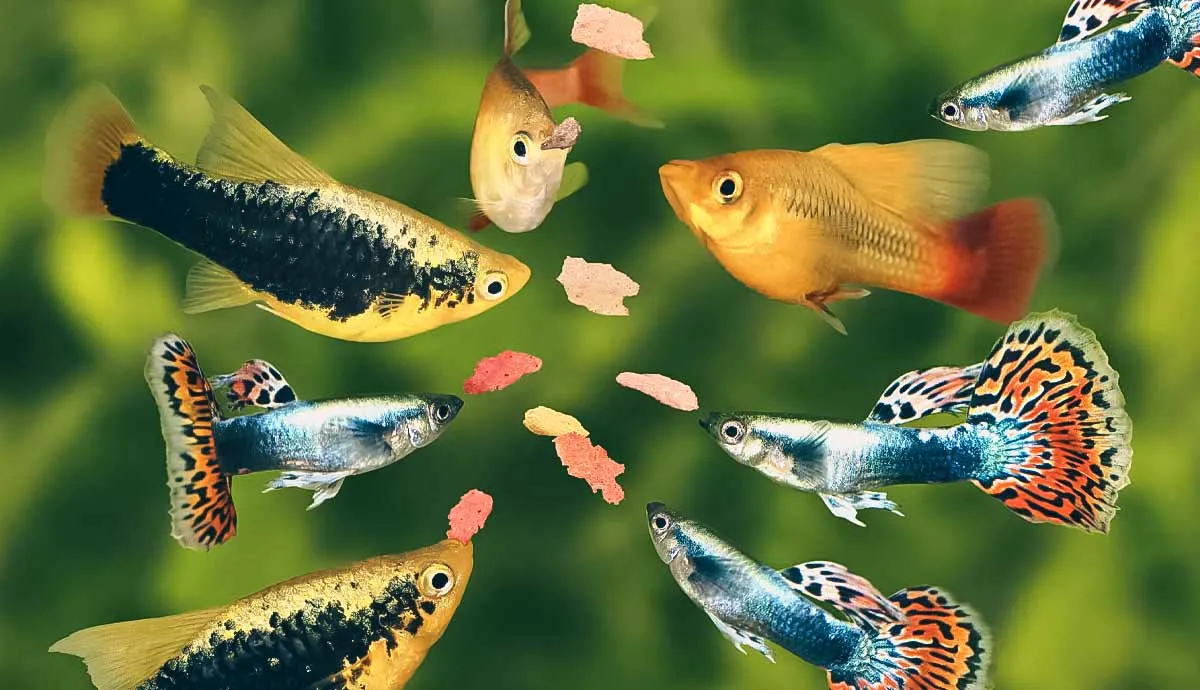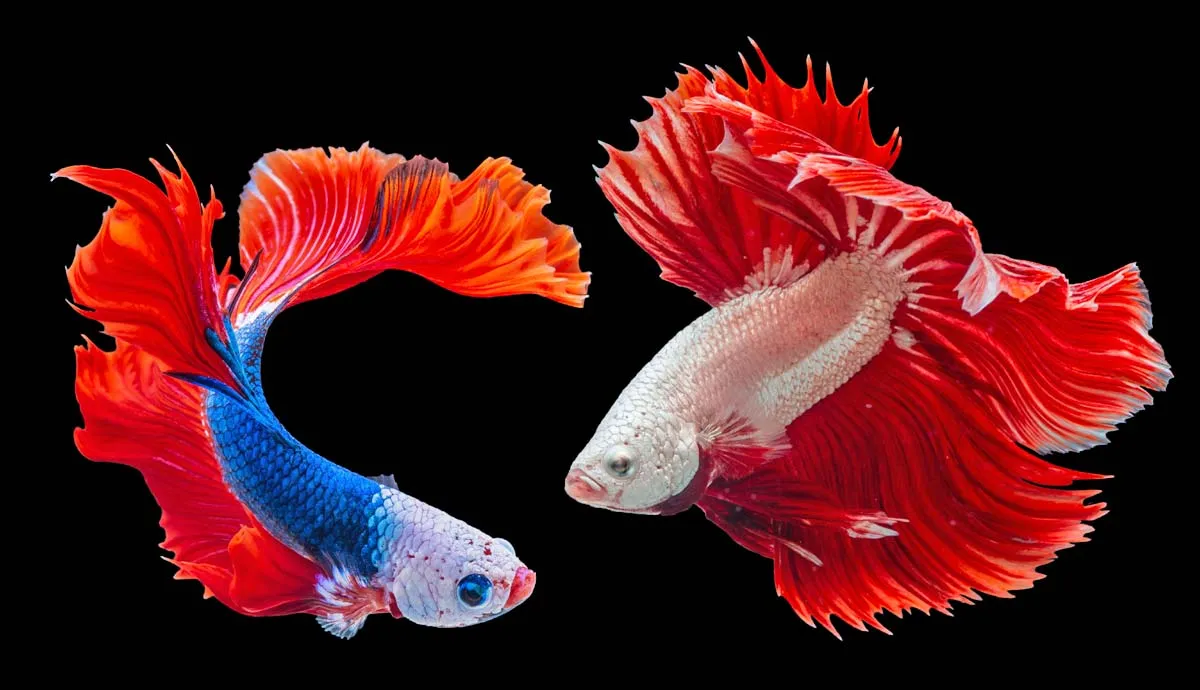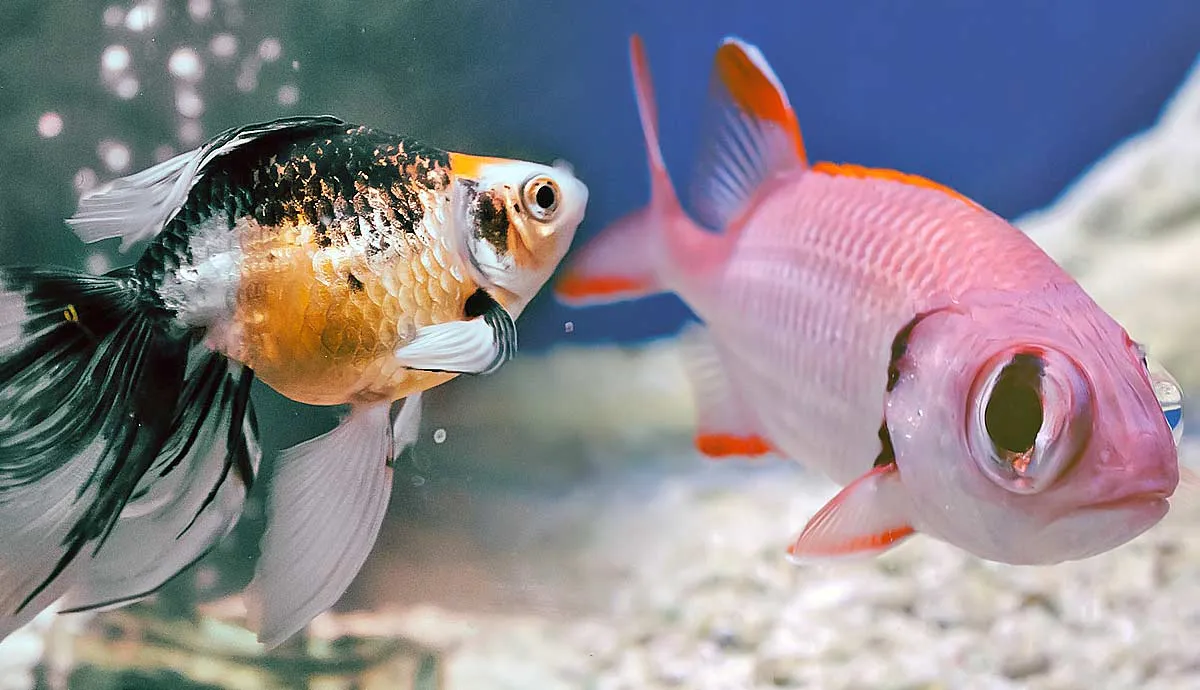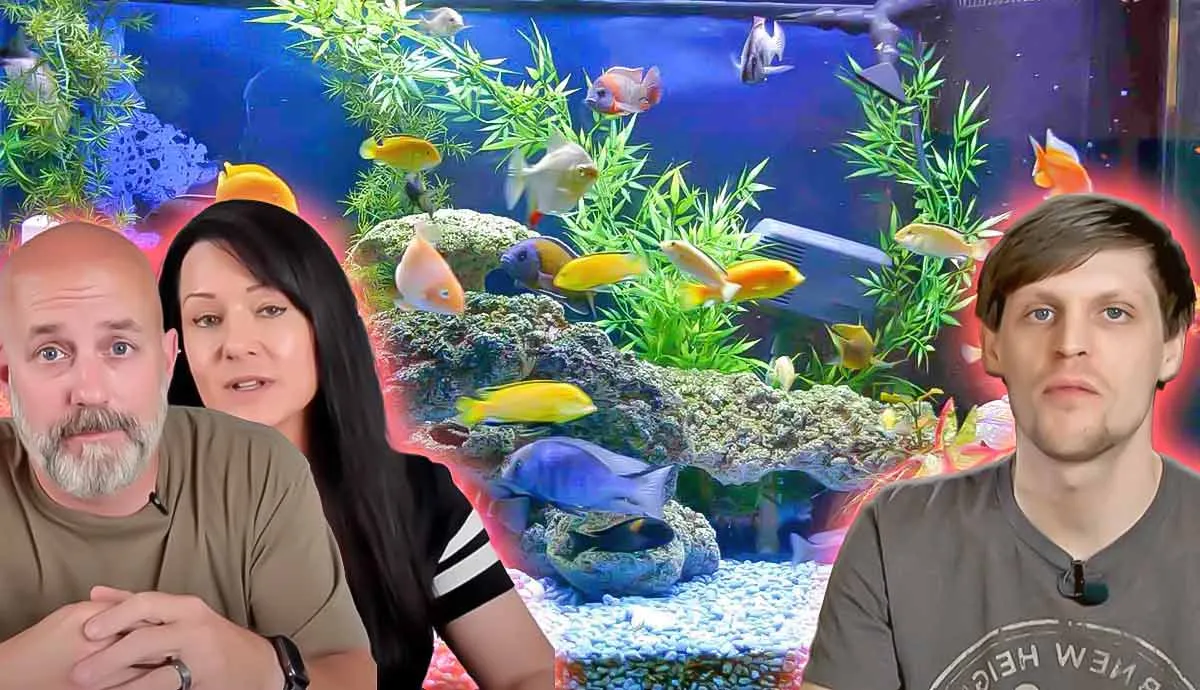When planning a small aquarium, selecting appropriate fish species is the key to success. Small tanks can easily become overcrowded, quickly leading to poor water quality and unhappy, stressed, or ill fish.
However, if you plan out your tank and choose suitable and compatible species, you can design your own thriving aquatic ecosystem and find out why fish make fantastic pets.
Whether planning a tiny nano tank or a 10-gallon community aquarium, the following 10 species make great choices for a small fish tank. Let’s take a look!
1. Betta
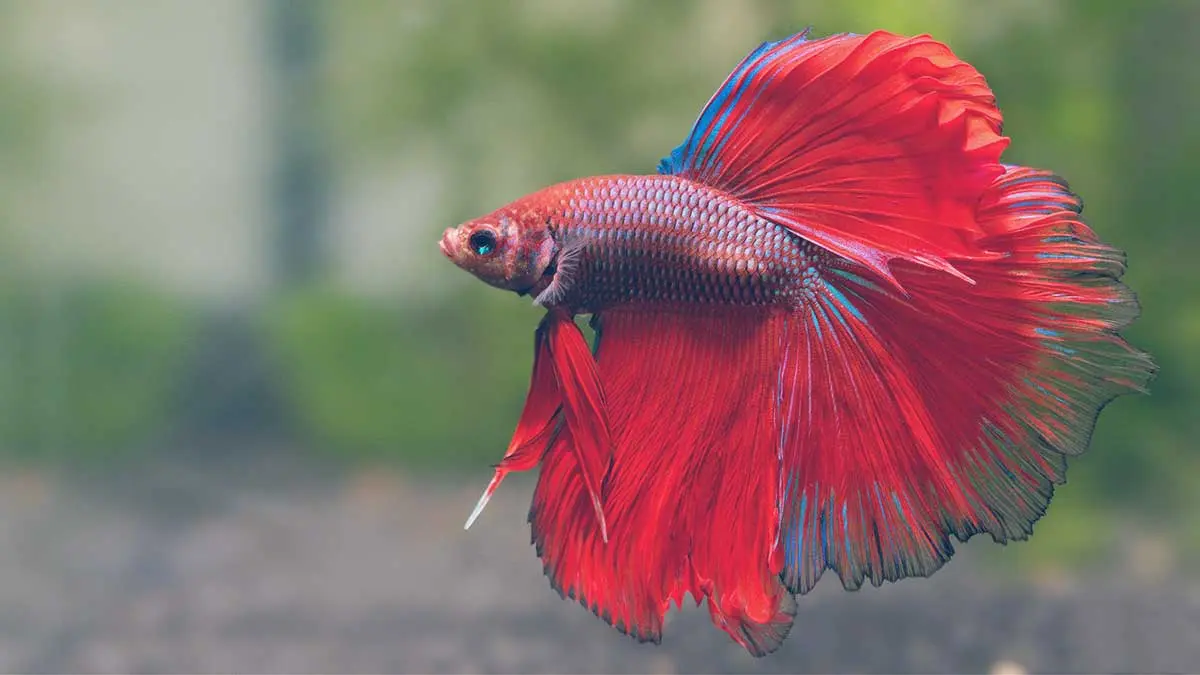
Betta, also known as Siamese fighting fish, are beautiful fish with long fins that are popular among pet owners. Thanks to a specialized labyrinth organ, these fish can breathe air from the surface and use their gills to absorb oxygen.
They can survive in small bowls but will be more energetic, vibrant, and healthier in tanks with parameters set to levels normal for tropical fish. Lids should be kept on betta tanks, as they can sometimes jump out of the water when excited.
Males are very territorial and may even fight other species with long fins and bright colors that they mistake for rivals. Betta are known to pay more attention to things outside their tank than some other species and may even flare up their fins in impressive displays when they notice people outside their tank.
Small tetra and rasbora species make good tank mates for betta since they aren't showy enough to trigger territorial aggression. However, these colorful fish are quite happy on their own, so choose a betta if you want one relatively large fish for a small tank.
2. Neon Tetra

Neon tetras are small, active fish with bright blue, red, and white streaks. They're a social species, and when kept in groups, they will display schooling behavior. They inhabit the middle region of tanks and don't fight with other species, making them a great choice for first-time owners and community tanks.
Males and females can be difficult to tell apart, but mixed groups are safe for this species because they don't usually breed unless the tank is set to optimum specifications for breeding. These hardy and low-maintenance fish thrive in tanks around 75-80 degrees. Neon tetras get along with most other small tropical fish, including swordtails, danios, and gourami.
3. Swordtail
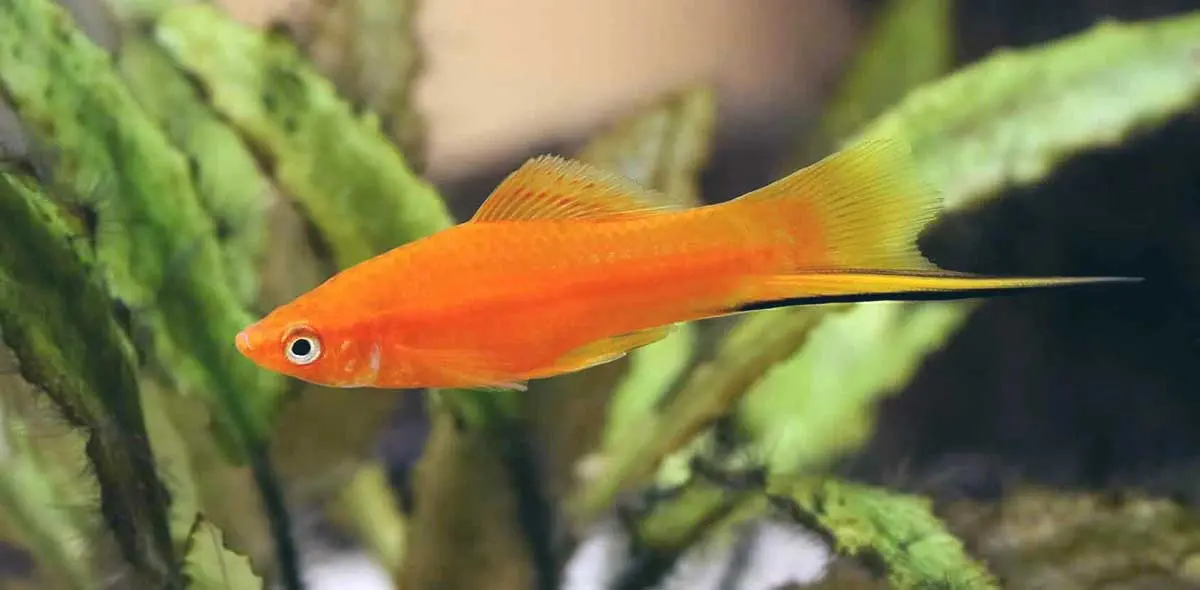
Swordtails are live-bearers that come in a wide range of bright colors. Males have an extended caudal fin, which is the origin of the swordtail’s name. Swordtails are peaceful and hardy fish that can tolerate a relatively wide range of tank conditions, making them a good choice for beginners.
These fish can reach up to 5 inches in length, so they should only be kept in small groups unless you plan to eventually move them up into a bigger tank. While they are social, swordtails don't school like other similar species.
These fish breed prolifically, and in small tanks should only be kept in same-sex groups so that they don't overrun their space. Swordtails get along with most species, but in small tanks, they should be paired with species that inhabit different tank areas so that space doesn't get tight. Gourami at the top of the tank, or corydoras at the bottom, are both good choices.
4. Dwarf Gourami
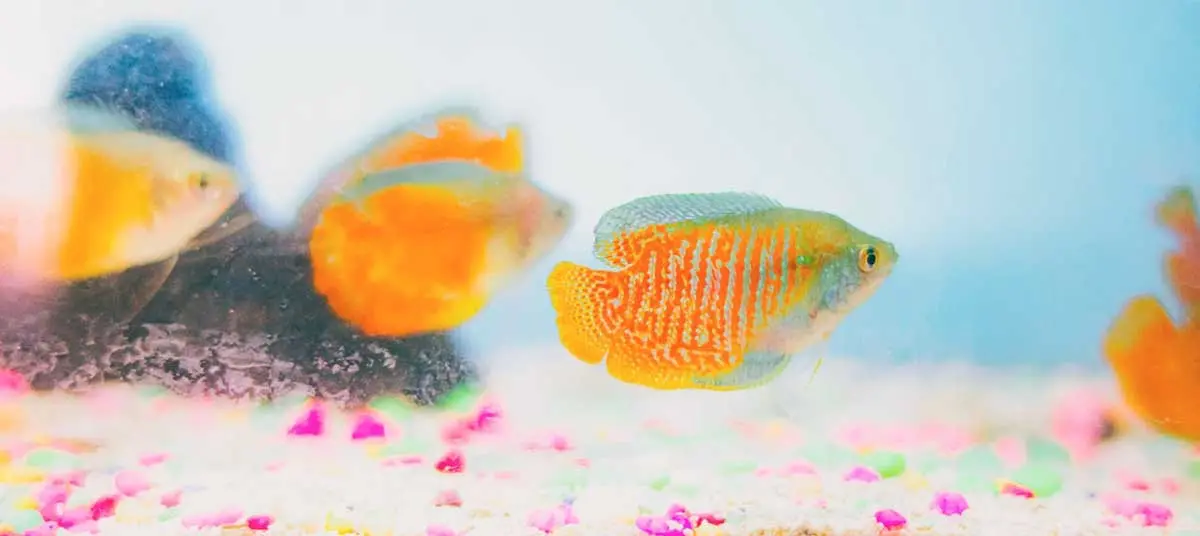
The dwarf gourami is one of the smallest members of the gourami family of fish. They come in several striking colors, including electric blue and red-striped. Like the betta, dwarf gourami has a labyrinth organ that allows them to breathe from the surface.
Dwarf gourami prefer to live in groups and tend to be shy and non-aggressive. They usually inhabit the top of the tank and can easily be paired with peaceful species that inhabit the middle or lower region of the tank, such as tetras and algae-eaters.
5. Zebra Danio

Zebra danios are active schooling fish with black and white horizontal stripes that come in both short and long-finned varieties. They are non-aggressive and popular for community tanks with other peaceful species.
Zebra danios are hardy fish that can handle a range of tropical tank conditions, ranging from 64-82 degrees, and are a good choice for beginners. They are often paired with neon tetras or guppies for an active and colorful community tank.
6. Guppy
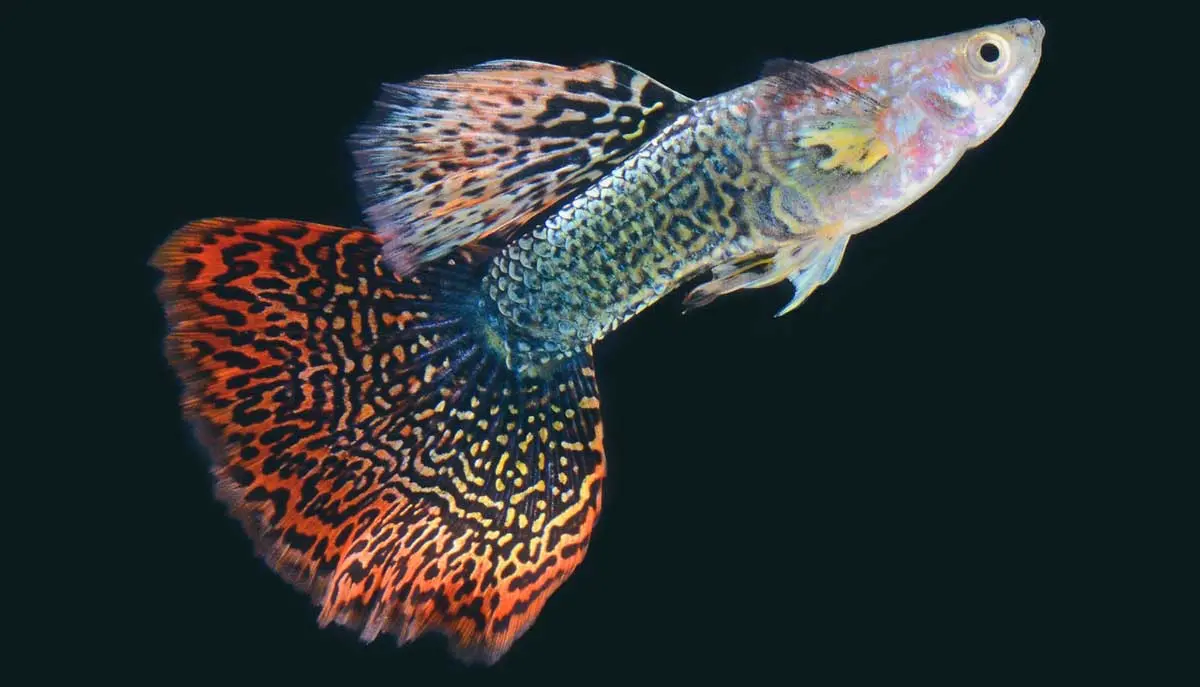
Guppies are small, long-finned fish that come in countless colors and patterns. Guppies are live-bearers that breed easily in most tank conditions, so small tanks should only be stocked with same-sex groups unless you’re happy for them to breed. They prefer warmer tanks in the 74–82-degree range.
Guppies are peaceful fish that are happiest in groups but can become territorial if their tank gets overcrowded. While they are hardy fish, some fancier varieties can be a little more delicate. Guppies are small enough to be eaten by larger species and should be housed with small or herbivorous species, such as tetras, mollies, snails, or catfish.
7. Cherry Shrimp
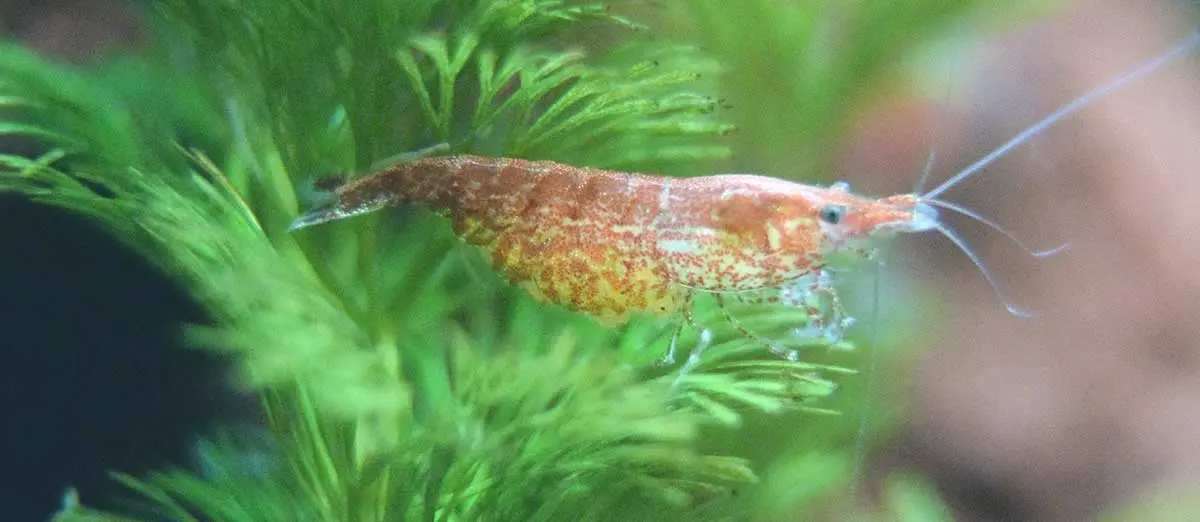
Cherry shrimp are small aquatic invertebrates that can add a splash of color to the tiniest of tanks, even ones too small for most fish. While red is their most common color, selective breeding has produced a range of colors and patterns, including orange, blue, and yellow.
They inhabit the bottom region of the tank and will clean up extra fish food, algae, and other aquarium debris. They should be housed with small or herbivorous fish species, as larger species may eat them. Tetras, danios, and guppies make good tankmates for shrimp.
8. Pea Puffer
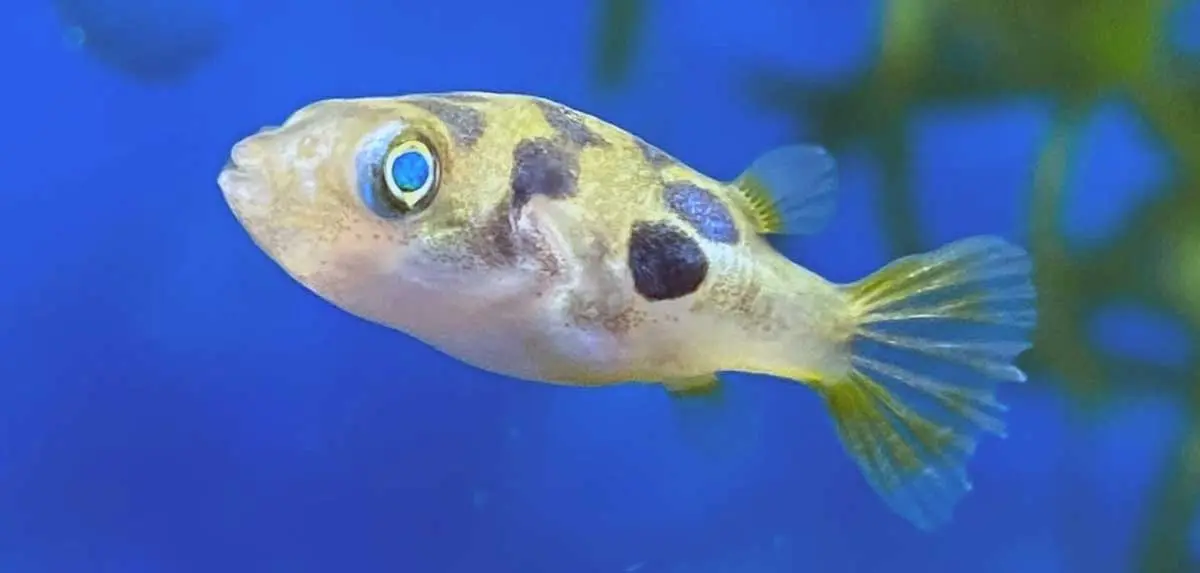
Pea puffers are dwarf freshwater pufferfish, measuring only 1.5 inches long. Like their larger cousins, they will suck in water to inflate themselves to look larger if they feel threatened. They are active and curious fish that like to live in groups and prefer to have many plants and vegetation in their tanks to explore and hide in.
Pea puffers can be sensitive to temperature fluctuations and water quality and are a good choice for intermediate fish keepers. Pea Puffers are known to bully other small fish, but are considered compatible with small bottom dwellers, such as otocinclus catfish or small loaches.
9. White Cloud Mountain Minnow

While most freshwater aquarium fish prefer warmer tropical water conditions, the white cloud mountain minnow originates in cool mountain streams and can handle colder temperatures better than many other aquarium fish, down to 57 degrees.
The white cloud mountain minnow has mostly neutral colors, with a colorful splash of red around its tails and a bright stripe on its sides. They stand out against the greens of planted tanks. These hardy fish are sometimes kept in outdoor ponds to control mosquito populations.
These 1.5-inch fish prefer to live in groups of at least four and make a good choice for community tanks with other peaceful species that can handle their temperature range, such as zebra danios and swordtails.
10. Otocinclus Catfish

Otocinclus catfish are dwarf algae-eating fish suitable for small tanks. They tend not to grow more than 2 inches, with a classic tropical catfish look. They are shy and non-aggressive and make a good choice for community tanks, where they tend to inhabit the bottom region.
They come in several colors and patterns depending on the exact species. Unlike some larger catfish species, Otocinclus catfish tend not to damage larger aquarium plants. Otocinclus Catfish do best when kept in groups and can become stressed if kept alone. They get along with most small species and are often kept in community tanks with tetras, danios, and other peaceful tropicals.


